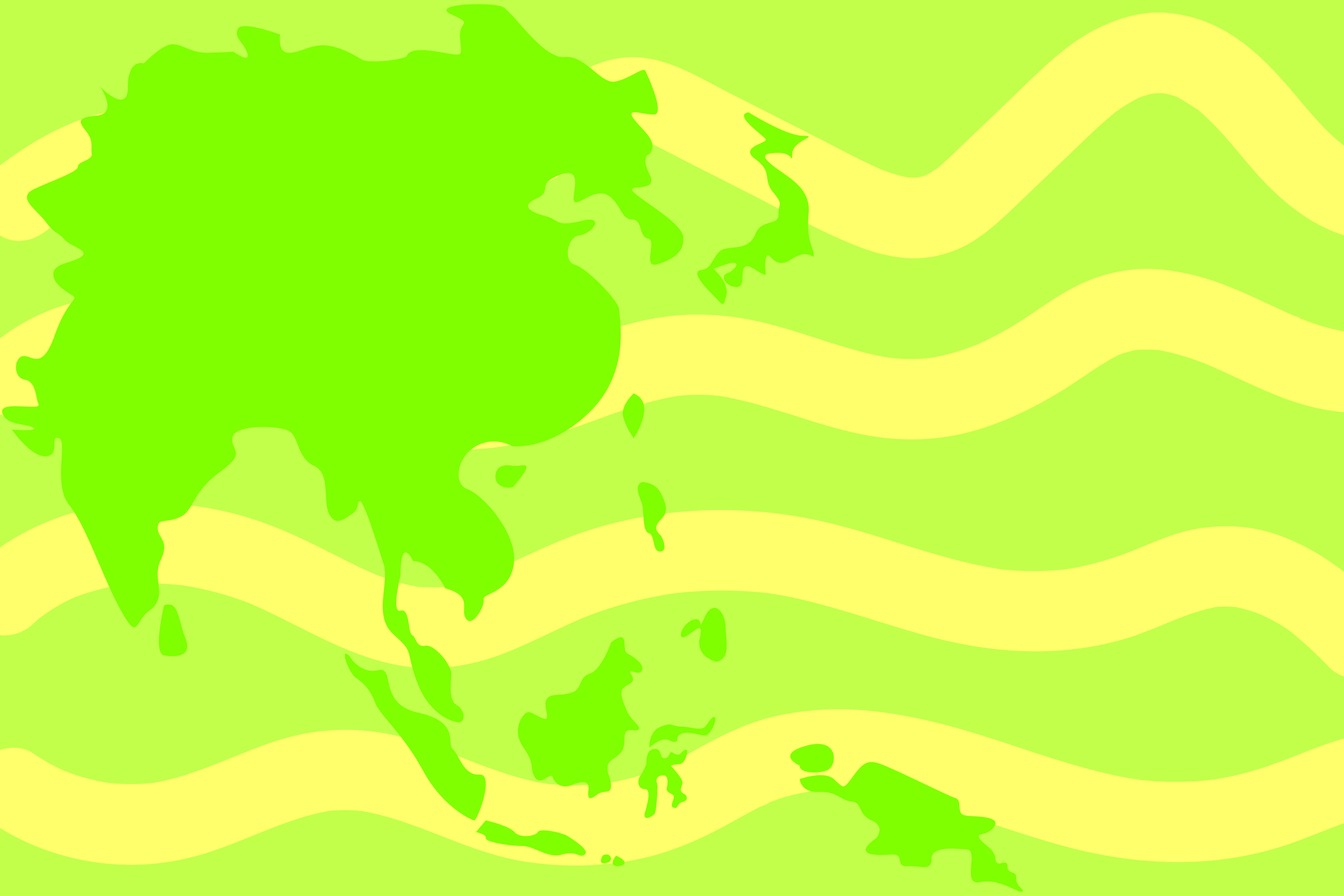It has officially been two months since I’ve been stateside. Last fall, I spent three months studying in Hong Kong and traveling around Southeast Asia. From the culture shock, to the food, to the art— this has most definitely been my most exciting adventure yet. I came back on the high of asian culture. I wanted to use chopsticks for every meal. I found myself trying to say “mh goi” instead of thank you. I even faded left when I came across people (which really pisses them off by the way). Two months in and I’m back navigating life on the right. I use forks. I say thank you. And I am back at art school, surrounded by western influences.
The only thing connecting me to this entirely different world is my Chinese Literature class. Not necessarily because of the poetry we are reading but because my professor is Taiwanese and half the class has a connection or background in China. The other day we talked about bubble tea. All of a sudden I realized I hadn’t had my favorite brown sugar milk tea in weeks, when I had been drinking it almost daily (don’t judge). I realized that before my trip fades into a distant little memory, I wanted to talk about the very inspiration that has quite possibly changed everything about myself and the things I want to do: contemporary art in asia.
Everyone loves a good Chinatown, so Asia does have its grip on us Americans. But we have really slept on the fact that art in asia is booming. My time overseas included industry talks in Asia’s contemporary epicenter, Hong Kong, including Art Asia Pacific magazine and the Asia Art Archive, Hong Kong’s museum of art. And, in further travels, Tokyo’s digital art museum and the contemporary museums of Taiwan.
Most of the time we learn about contemporary art in the context of Europe or the States, but there’s something really interesting happening on the other side of the globe. Asia’s background in art is extremely different due to the political history. During the transition from traditional art to the world of the contemporary, asia didn’t have hundreds of years to build a system of galleries and patrons. So, as the strict regulation of cultural ideas expressed in art started to lift in many different countries, people didn’t have a way of connecting each other to art. Many galleries were pop-ups. Some artists even hung their work on trees in different parks until it got taken down.
The Asia Art Archive is one of the most comprehensive and valuable collections of the recent and current history of art. Because documentation had previously been so limited, they have many teams of people scouring asia for new information to add to their collections, ultimately in pursuit of preserving and educating people on these new milestones. Similarly, the Art Asia Pacific publication and online platform is the longest running english periodical that helps to document and convey the art and culture of over 67 countries considered to be Asia, the Pacific and the Middle East.
These talks encouraged me to go out and explore the art world of Hong Kong and the other countries I traveled to. It led me down the path of Hong Kong’s unique gallery system that comes to a head in the spring at the Art Basel (one day I truly hope to attend). As China becomes wealthier, and the rest of the world realizes it, more money is itching to be spent on contemporary artists from Asia. The relaxed laws of Hong Kong’s import and export systems make it the perfect center for the people of Asia and the foreigners from the West to collect these unique pieces.
The contemporary movement isn’t limited to China though, unique performance-based explorations are being done in India, technological explorations in Japan, even challenging concepts like imperialism are being observed in Taiwan. Contemporary art from any country is important as they all challenge our thoughts and understanding of the world, but the uniqueness and unfamiliar feel of Asian art to us westerners might be the most enriching of pieces to study.
Written by Kylie Ruffino
Graphic by Kylie Ruffino

